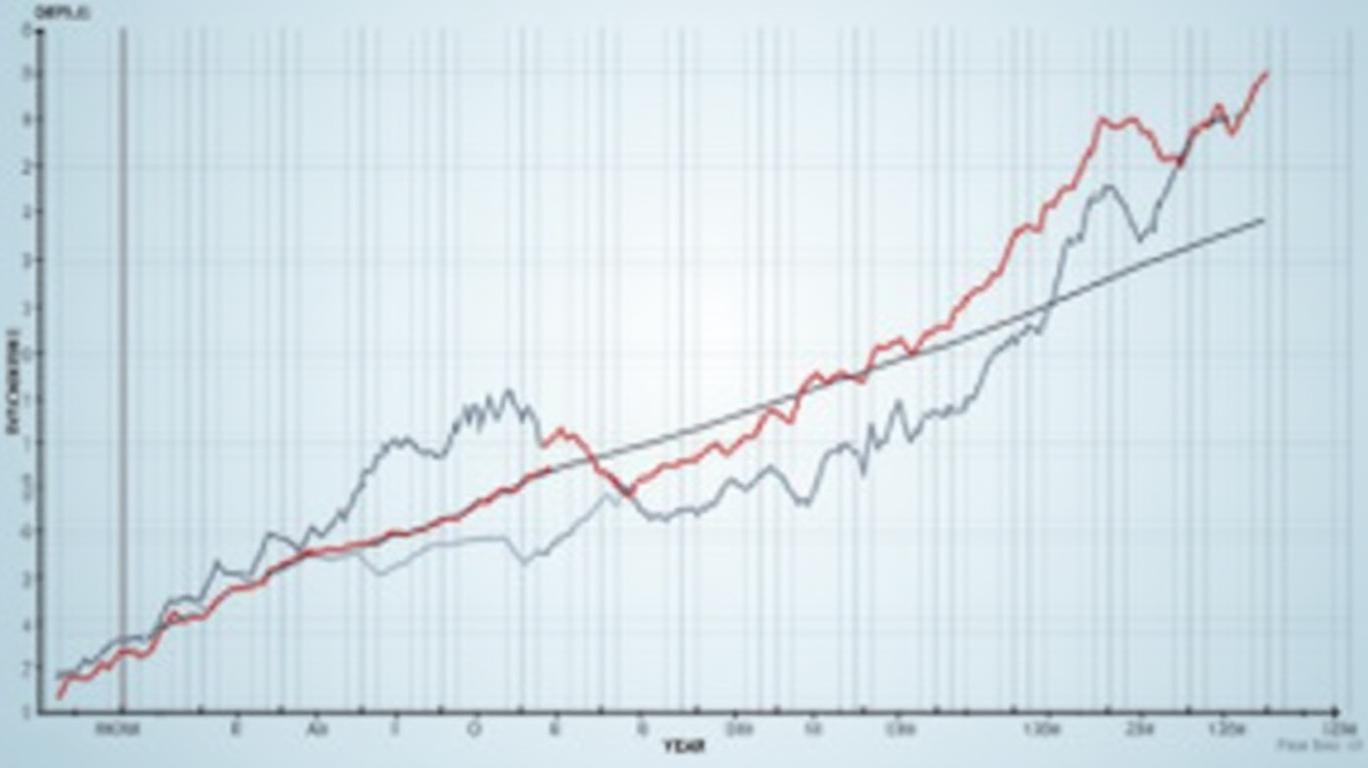Factory Orders Offer a Glimmer of Hope, But Manufacturing’s Struggles Persist
The U.S. manufacturing sector, long a bellwether for economic health, delivered a mixed signal in March 2025. Factory new orders rose by 4.3%, narrowly missing expectations of a 4.5% jump and marking a significant improvement from February’s anemic 0.5% increase. Yet beneath the surface, the data tells a darker story: the Institute for Supply Management’s (ISM) Manufacturing Purchasing Managers’ Index (PMI) slumped to 49%—below the 50 threshold that separates expansion from contraction—for the first time in three years. The New Orders Index also weakened to 45.2%, signaling persistent headwinds for manufacturers.
The report, released on May 3, 2025, underscores a sector grappling with self-inflicted and external pressures. Tariffs, supply chain bottlenecks, and weakening global demand have left businesses caught in a vise. “Inventory adjustments are masking underlying demand issues,” said Timothy R. Fiore, the ISM’s Manufacturing Survey Committee chair, in his analysis. “Companies are cautious about restocking, even as orders inch upward.”

The disconnect between the modest new orders gain and the PMI’s contraction is instructive. While sectors like Petroleum & Coal Products and Computer & Electronic Products reported growth, broader challenges linger. Tariffs on Chinese imports, for instance, have raised costs for manufacturers reliant on components from Asia. Meanwhile, consumer and business spending—key drivers of demand—are uneven.
The data also reveals a stark divide between industries. The Computer & Electronic Products sector, which accounts for roughly 12% of total manufacturing output, saw orders rise by 6.1% year-over-year. Yet industries like Transportation Equipment, hit by both trade wars and shifting consumer preferences, declined by 2.3%.
Investors should take note: the March orders data is a double-edged sword. While the 4.3% increase suggests some resilience in demand, the PMI’s contraction and weak new orders subindex indicate manufacturers are far from out of the woods. The inventory-overhang problem—companies holding onto stock rather than producing anew—is particularly concerning.
Historically, a PMI below 50 has preceded recessions in 7 of the past 10 instances. Though the U.S. economy remains resilient overall, manufacturing’s decline could spill into broader economic metrics. The Federal Reserve’s recent pause in rate hikes aims to provide breathing room, but businesses are still navigating a high-cost environment.
Last Price($) | Last Change% | GICS Industry Group | Performance%2025.01.02-2025.05.02 |
|---|---|---|---|
| 13.12 | 5.13% | Technology Hardware & Equipment | 60.39 |
| 5.39 | -3.23% | Technology Hardware & Equipment | 57.60 |
| 47.27 | 7.53% | Technology Hardware & Equipment | 36.82 |
| 18.29 | 5.42% | Technology Hardware & Equipment | 34.39 |
| 224.86 | 0.24% | Technology Hardware & Equipment | 33.10 |
| 2.13 | 6.50% | Technology Hardware & Equipment | 26.04 |
| 58.44 | 1.97% | Technology Hardware & Equipment | 20.94 |
| 30.81 | 4.02% | Technology Hardware & Equipment | 19.93 |
| 396.32 | 3.67% | Technology Hardware & Equipment | 18.98 |
| 42 | 1.67% | Technology Hardware & Equipment | 18.71 |
Ticker |
|---|
| NEONNeonode |
| FCUVFocus Universal |
| BKTIBK Technologies |
| HSAIHesai |
| OSISOSI Systems |
| IZMICZOOM Group |
| MPTIM-tron Industries |
| FAROFARO Technologies |
| GEVGE Vernova |
| CALXCalix |
The path forward hinges on resolving trade tensions and stabilizing demand. If tariff disputes with China persist, industries reliant on imported components—such as semiconductors—will continue to face margin pressure. Conversely, a resolution could unlock pent-up demand.
In conclusion, March’s factory orders report is a flicker of hope amid a storm. The 4.3% increase offers a reprieve from February’s stagnation, but the PMI’s contraction and tepid new orders subindex reveal unresolved vulnerabilities. Investors should focus on sectors with pricing power or exposure to domestic demand, such as energy, while remaining wary of industries dependent on global supply chains. The data underscores a fragile equilibrium: manufacturing’s survival may depend on whether policymakers can untangle the knots of trade wars and inflation before the sector’s decline drags down the broader economy.
The numbers are clear: without meaningful resolution to the trade and cost challenges, even a 4.3% uptick in orders may not be enough to sustain growth.






_b379db491750084714594.jpeg)


